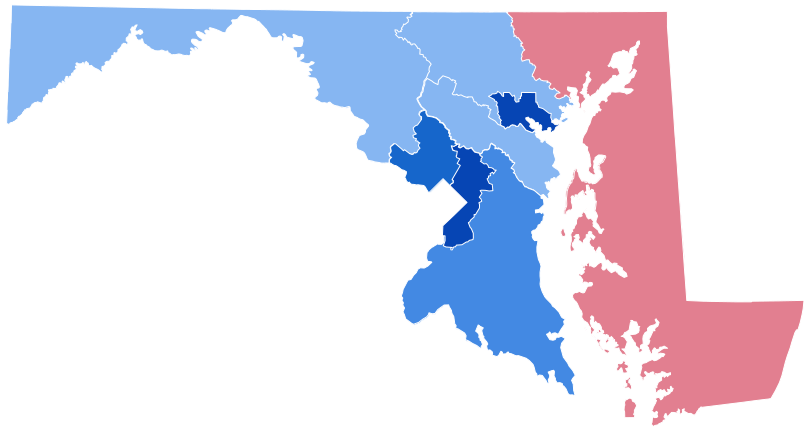The Changing Scene of Agriculture on the Eastern Shore, Part 2
Agriculture in the 19th Century and the First Half of the 20th
Strawberry production became prevalent on the lower Shore during this period. John Jones, a Wicomico County farmer in the Allen area, began producing varieties of strawberry plants for sale to farmers. He was shipping plants far and wide by the first decades of the 20th century. In the 1930s, this writer’s uncle, Jay Shivers, took over the business. He published catalogues annually, which were widely distributed. He maintained that business into the 1950s, shipping strawberry plants all over the United States as well as abroad. W.F. Allen, another Wicomico County entrepreneur, established peach and apple orchards. He processed his fruit in Salisbury, and operated a retail outlet there, as well as shipping fruit to other markets.
Cultivation of string beans, lima beans, cucumbers, watermelons, cantaloupes, and white and sweet potatoes was firmly established on the Eastern Shore in the early 20th century and continued until the 1960s. This was the epoch when the family farm could work, if not prosper, though it became more difficult toward the end of the period. Known as “truck farming,” it required a lot of labor, especially during the harvest period. As a result, farmers brought in workers, primarily African Americans, who would move up the east coast from Florida as the crops ripened. They were paid in cash based on the amount of product they harvested and in many cases lived in “labor camps,” owned and operated by the farmers who employed them.
This writer grew up on a truck farm in the late ‘40s and ‘50s. My parents lived on a 190-acre farm in Wicomico County, which had been purchased by my grandparents in 1917. My family was nearly self-sufficient during my childhood. My father had a number of dairy cattle, which provided us with milk and the butter my mother made with an electric mixer (not a churn!). He also raised beef cattle and had one slaughtered every year; a local butcher prepared and packaged the meat to be stored in the chest freezer in our basement. We also raised chickens, both broilers and laying hens. They provided food for us, but my mother also developed regular customers in Salisbury who purchased fryers and eggs. My father also bought calves to be fattened on the milk of our small dairy herd and then marketed for veal.
With regard to the truck farm business, my father worked for his older brother, Jay Shivers, mentioned earlier in this account. Because my uncle had purchased other farms and also rented land, perhaps we were not typical family farmers. They grew string (green) beans, limas, white potatoes, cucumbers, tomatoes, watermelons, and cantaloupes. They also grew field corn and hay for their animals. The crops were usually sold at local auction blocks, or a local processing plant in the case of tomatoes.
Labor for us operated somewhat differently from some of our neighbors who had invested in labor camps for migrant laborers. There were two large migrant families who made their way to us each spring. A large house on one of the farms my uncle had purchased provided housing for one family. A smaller house on our farm served the same purpose for the other family. There was electricity in both, but no running water or indoor plumbing in the house on our property. As a child, I simply figured that was the way things were. My main concern was that two of their sons became my primary playmates when none of us were working.
Other labor needs were provided by African Americans in a Somerset County water community. I assume they worked in the seafood business in the winter, but in the spring and summer were available for harvesting. One man had a school bus and my uncle paid him for providing transportation. My uncle (and other farmers, I believe) also sometimes hired young men from Jamaica who worked year-round. There was a former slave quarter on his farm (two rooms up and two rooms down, as I recall, with a fireplace between them). As an aside, the slave owner who had owned his farm in the mid-19th century was responsible for the slave quarter. He, however, had repented, joined the Republican Party before the Civil War, and freed his slaves.
By the late 1950s, things were changing in Eastern Shore agriculture. More about that in Part 3 of our series.
A native of Wicomico County, George Shivers holds a doctorate from the University of Maryland and taught in the Foreign Language Dept. of Washington College for 38 years before retiring in 2007. He is also very interested in the history and culture of the Eastern Shore, African American history in particular.
Common Sense for the Eastern Shore









